2. Types of olive trees and their olives:
Spain is a leader in the production of olive oil and also table olives, which are those that we consume as a fruit, in its primary form. However, you should know that there are several countries that also have a strong olive tradition: Turkey, Palestine, Italy, Greece, France or Israel.
Therefore, we should not be surprised that there are currently numerous types of olives worldwide, specifically, we are referring to 260 different varieties.
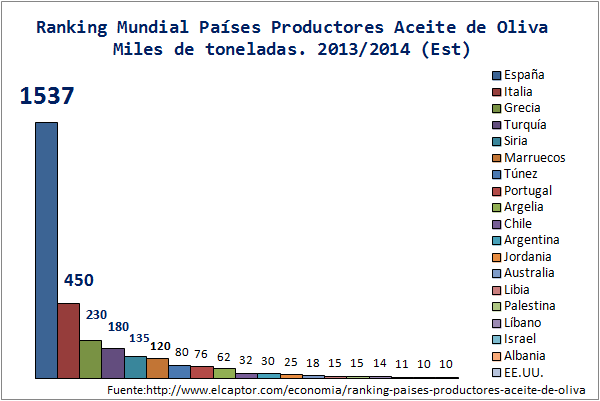
Spain has mainly 18 varieties of olives

More information you can find here.
https://www.aceitesdeolivadeespana.com/la-importancia-de-las-variedades
The olives of the table can classify generically in 3 types depending on the coloration that present:
- Green olives: They are picked at their point of maturation and have a normal or standard size.
- Black olives: Its harvest has been done when the fruit was not yet fully ripe and once they have been treated for their subsequent consumption they acquire their characteristic black color.
- Olives of changing color: They are picked before they reach a point of complete maturation, have different shades in their color, such as pink, chestnut or purple.
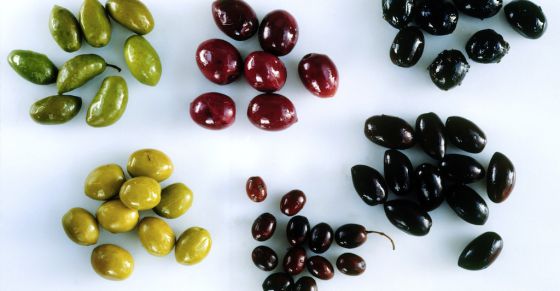
In this project, we will use the olive trees of Málaga (the Axarquía).
The Region of the Axarquía is a very fertile area where we find high-quality products,
both irrigated and rainfed, which are supplied nationally and internationally.
A large number of olive varieties used, the adaptation over time of
the best varieties to the microclimates and concrete characteristics of the soil have
allowed the flowering of a wide range of olive oils with a large
the diversity of aromas and flavors.
Next, let’s talk about two of the varieties that we can find
in the Axarquía, verdial and lechín.
Verdial: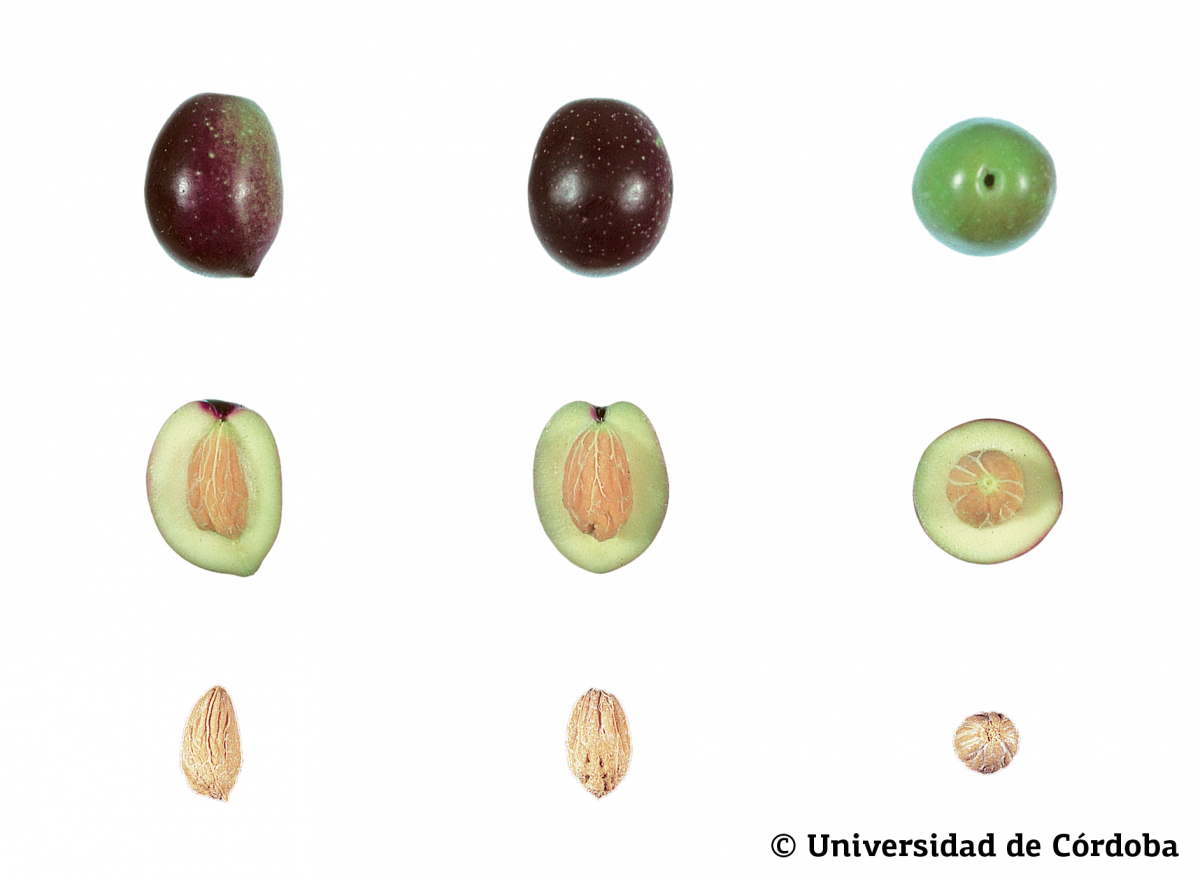
Various local varieties are included under the Verdial name
extended by the South and Southwest of the Iberian Peninsula that
They receive different names depending on their place of origin.
It is given the name of verdial because its olives do not finish
reach the color black at maturity. Within this category
, we find three classifications according to their location, Verdial
from Badajoz, Verdial de Vélez-Málaga and Verdial de Huévar.
We focus on the second classification:
-Verdial de Vélez-Málaga: This variety typical of the region of Axarquía, in the Southeast of Málaga, is a very productive and vigorous variety, but of marked vecería, which means that one year produce a lot and another does not. Its oils are fruity with very sweet and pleasant flavor without any bitterness or spiciness. Due to its composition, it is necessary to keep them protected from heat, light, and air. The average size of their olives is around 5.7 gr. Its period of maturation and collection goes from the last third of the month of November to the middle or end of April.
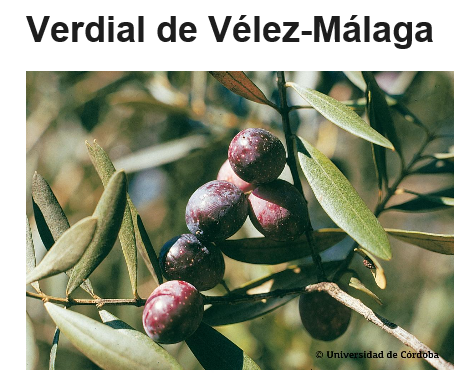
Lechín:
This variety is characteristic of the provinces of Seville, Córdoba, Cádiz, Málaga, and Huelva. Its name is due to the whitish color of its pulp and its oily must, a mixture of vegetation water and oil. It is a variety of vigor, able to withstand droughts and cold winters, adapting very well to the limestone and poor. The leaves are small in size, short and a little widened in their middle. The average olive has a weight close to 3 grams and its oil is ideal for tapas and sweets.
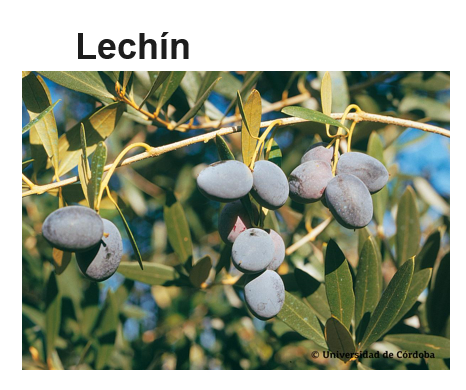
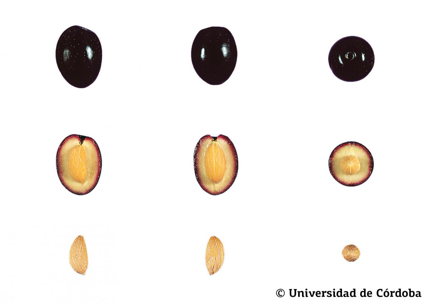
bibliografía: https://teleoliva.com/tipos-de-aceitunas/

